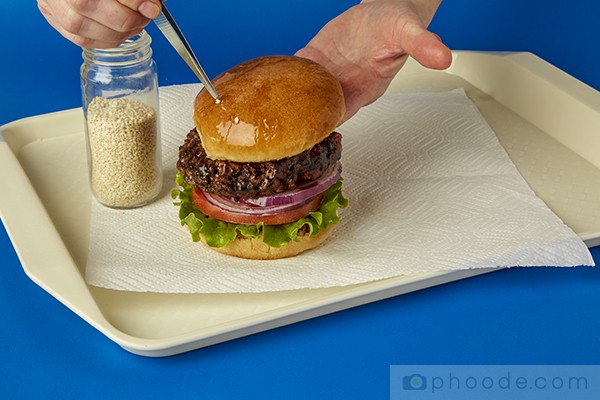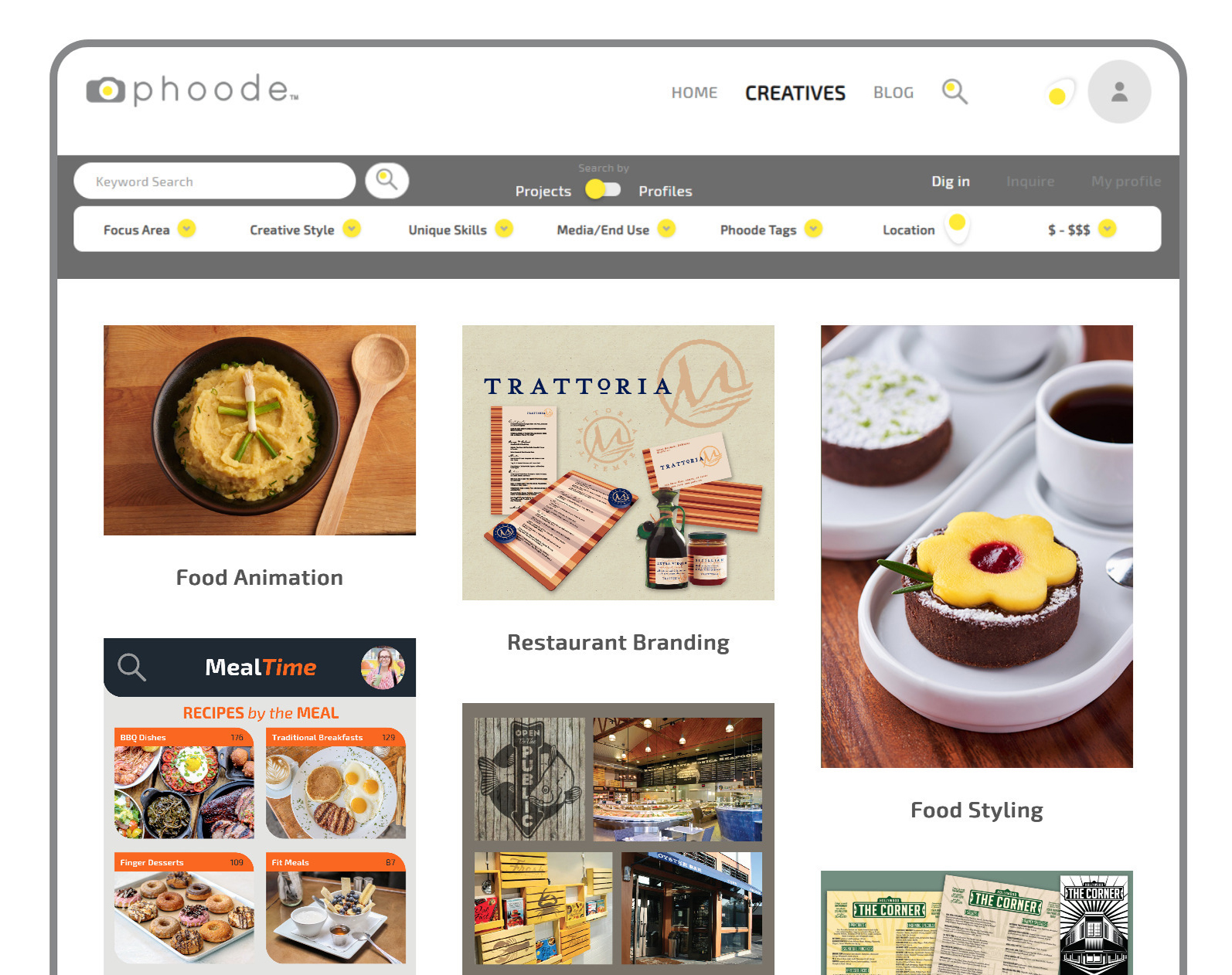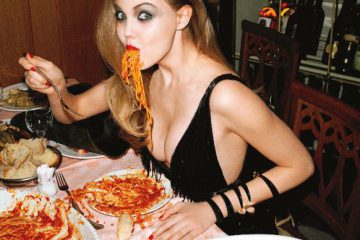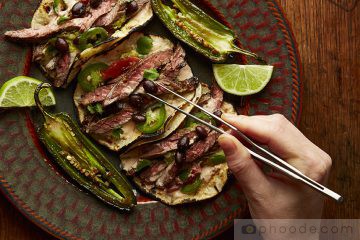What is the Definition of “Food Photography” and What Makes it so Special?
Food photography [fo͞od][fə-tŏgˈrə-fē] (n.) – Photography that focuses on food, or uses food as a photographic subject in its expression of a non-food related idea. Traditionally thought to be limited to carefully composed tabletop scenes called still lifes, the styles, forms, and uses of food photography have become as expansive as any genre. From avant-garde and conceptual food photography in fine art galleries to elegant tessellations composed of fruits and vegetable printed on designer fabrics, the stylistic possibilities of food photography are nearly endless.
Example: “I have been a food photographer for 30 years and I have never seen so much creative photography in food magazines. It seems like new looks and ideas are popping up all over the place. I just saw a bright red tomato that was lit like a Vogue fashion model on one page of a food magazine, and on the next, pancakes displayed as a map of the USA!”
The most important, innate trait that constructs the definition of food photography, is that the photo has food as its main or secondary subject. Traditional food photography could be considered table top still life or the style you see in cookbooks and food magazines, which uses fairly closeup, slightly overhead angles and is often backlit with a shallow depth of field to bring out the texture of the food within a dining room or kitchen setting, usually accompanied by traditional kitchenware props. However, contemporary food photography is much broader and creative, and could make use of any mixture of creative styling methods and lighting techniques. Whatever form the art takes, the purpose of nearly all food photography is to make the food in the picture attention-grabbing and appetizing. An exception could be photography editorials that sometimes contain unappetizing food for shock value.
Because, relatively, food is quite a small subject, macro food photography closeups are often used. Sets are usually smaller and a fine attention to minuscule compositional elements is taken. Also, in food photography you are almost always dealing with still subjects (a food ingredient such as an orange, or a restaurant plate ) or nearly still objects (melting ice cream). This means the photographer has the time and ease to make numerous micro-adjustments. Of course, motion could be present in food photography. For example, freezing food in motion with the magic of fast shutter speeds while its falling through the air, splashing to the plate, being poured, steaming, or bubbling in a pot can create an effective and interesting dynamics within still food image. Still though, even in these cases the photographer can control their subject with more precision than with some other genres of photography.
With all these details to account for, food photography is often the result of a deliberate creative direction of a food brand or business. Depending on the type of assignment or complexity of the project, there could be a creative director who makes a unique scenario for the food, set designer, a chef who creates the food, a food stylist who ensures the perfection of all the drizzles and sprinkles on hero food and creates the right balance of shadows and highlights, a food photographer, and a retoucher to refine the image in postproduction. In fine art food photography it may be more common for an artist to work alone, whereas in advertising food photography for big-name food companies this nearly never happens.
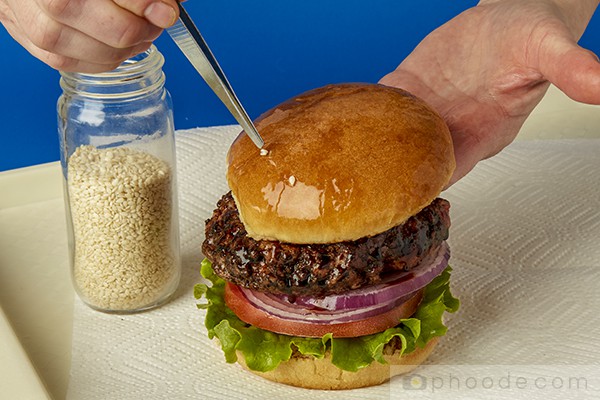
Food photography’s definition is broad. We see it in advertisements, editorial pieces, cookbooks, social media, documentary pieces, food blogs, fine art, art photo books, and more. A food photographer will change their style according to what the final purpose or use of their photos will be. For example, food photography lighting can vary from conservative and fairly high-key in cookbooks to chiaroscuro and experimental neons in fine art still life photography. The range of food photography styles is part of this unique genre’s DNA.
Food photography is a sub-genre of photography with and expanding reach. Photography was not considered to be museum worthy art until many decades after its invention. The definition of food photography is evolving, elevating its reputation within not only the fine art world, but in all realms in which it appears.
For more definitions of food photography jargon and food stylist lingo click here and check out the rest of our dictionary. Should we add something else? Request new terms or industry words for our dictionary via Phoode’s contact form or in the comments section below.




